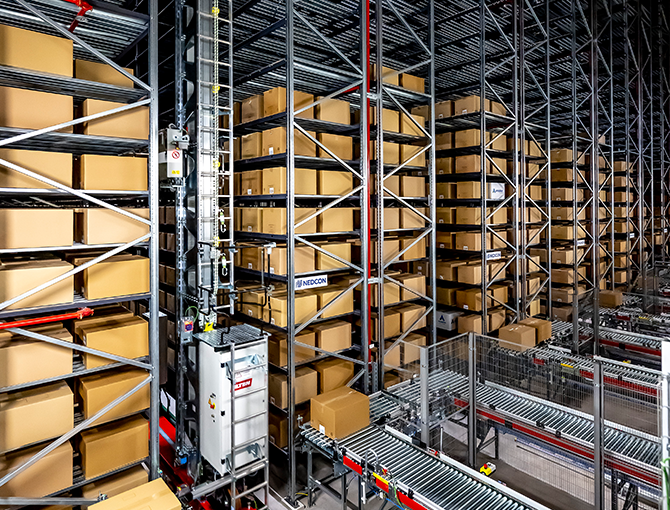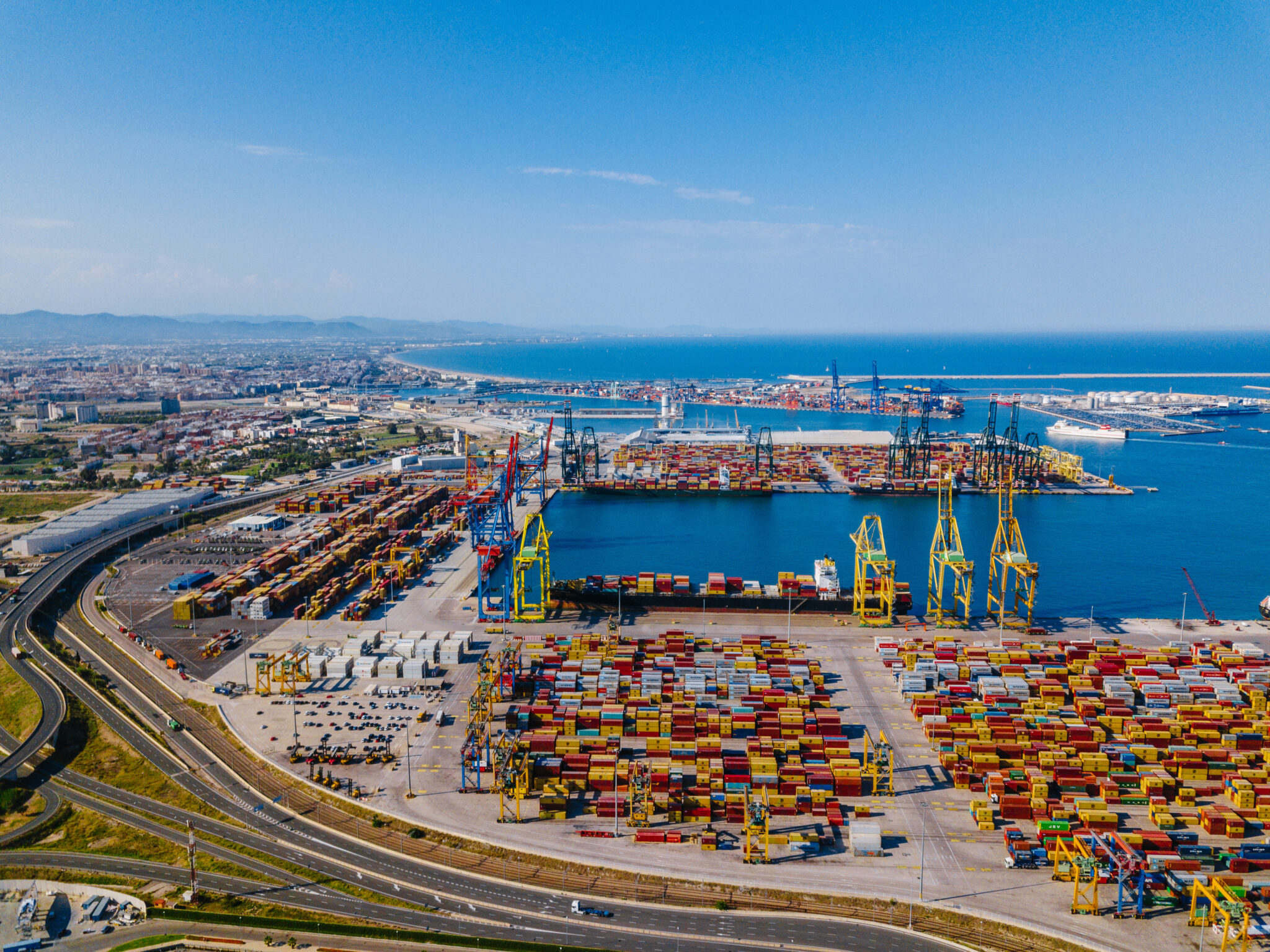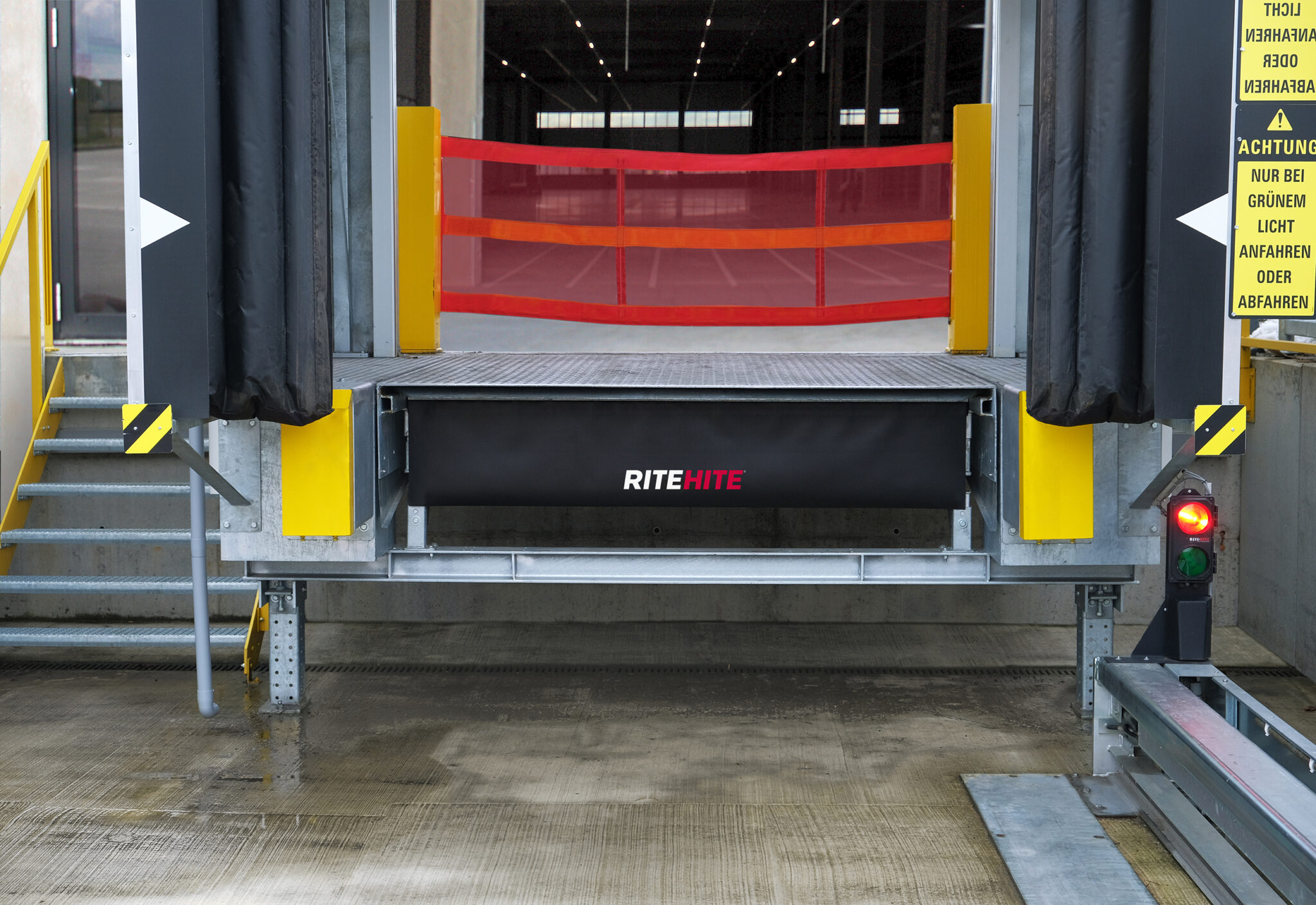DS Smith, a leading global sustainable packaging company, has innovated DD Wrap as a brand-new sustainable shelf ready packaging design, to meet circular economy requirements while increasing supply chain efficiency and enhancing the in-store shopping experience. The DD Wrap packaging option was created by DS Smith’s design team. It is designed and customised for a variety of packaging solutions and is created from a mono piece of carboard without perforation at the front side, thus improving visibility and appeal at the point of display.
The first new DD Wrap packaging solution was developed to contain biscuits and can be tailored bespoke for any other product range. Every DS Smith product is created according to the principles of the company’s Circular Design Principles and approach. This enables DS Smith designers to minimise the amount of material and resources used and reduce the empty spaces and air present in packaging boxes. When transporting this new shelf ready packaging, all space is fully utilised reducing the volume of vehicles and unnecessary CO2 emissions.
The pioneering DS Smith Circular Design model allows for each packaging design solution to be assessed through eight different indicators. The designers can then assess from an informed perspective if a packaging product is reaching sustainability targets and decide on next steps on how to improve.
According to recent research by IGD (The Institute of Grocery Distribution), 53% of consumers feel that quality designed shelf ready packaging improves brand communication and 85% of shoppers think that in-store marketing is more likely to influence their purchase decisions. 42% of consumers believe that shelf ready packaging with clear presentation makes shopping easier.
Francesco Barsanti, Sales, Marketing & Innovation Director, DS Smith, Italy:
“As leaders in the packaging industry, at DS Smith, we know that innovation and design are essential to creating sustainable and efficient solutions that meet the needs of our customers and society, and in line with our purpose of Redefining Packaging for a Changing World.
Our company is committed to combine market insight with innovative design and to creating high-impact shelf ready packaging. DD Wrap perfectly positions the product of our customers and gains maximum attention.
Designed correctly, shelf ready packaging has a vital part to play in the promotional mix, generating sales in-store at the crucial point of purchase. DS Smith works with marketing teams to ensure that the packaging reflects the brand positioning, achieves visual disruption in the category and helps promotions succeed. So, from design to production and supply, to recycling, we offer our customers a joined-up solution that is sustainable for all”, concludes Barsanti Francesco.
DS Wrap is set to extend across a range of FMCG and food and beverage products and it is created from one piece of packaging, and easy to open without scissors or a sharp tool.






